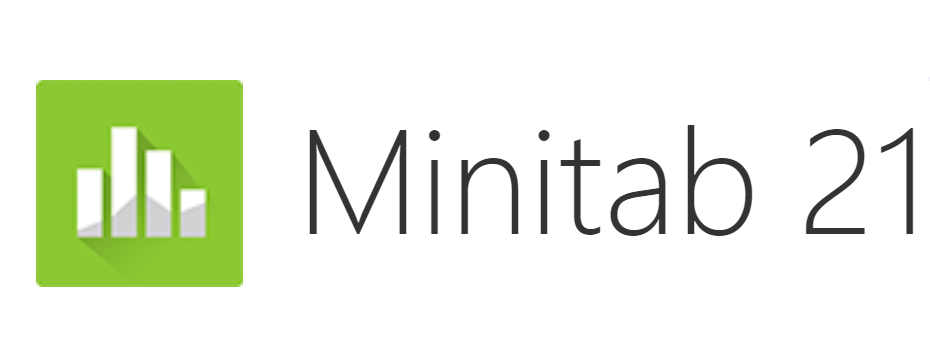There is no clear limit on the number of variable value labels in SPSS, because the main function of SPSS variable value labels is to annotate and explain the variable values of data, so that data statisticians can better understand the results of data analysis. For example, when setting variable value labels for one of the satisfaction variables in a questionnaire survey, the options are general, satisfied, very satisfied, and dissatisfied. After setting variable value labels for this variable, 1 represents' general ', 2 represents' satisfied', 3 represents' very satisfied ', and 4 represents' dissatisfied'. In order to help everyone better understand the variable value label setting, the following will demonstrate it in SPSS.
1. Open SPSS software, click on "Variable View" in the bottom left corner of the main interface, switch the interface to the Variable View window, select the cell below "Value", click the three dot button, and open the Value Label window.

Figure 1: Variable View
2. In the value label window, fill in the specific value of the variable in the value option box, and fill in the annotation description of the variable in the label option box, such as satisfaction variable. Fill in value option 4, and fill in the corresponding 'dissatisfied' annotation description in the label option. After filling in, click the 'Add' button, and then click the 'OK' button to complete the value label setting of the variable.

Figure 2: Value Label Setting
дәҢгҖҒBatch assignment method for SPSS variable value labels
When using SPSS to set variable value labels, sometimes it is necessary to set the same value label for multiple variable values. In this case, if the value label addition method mentioned above is used, it is not only troublesome but also time-consuming. Therefore, here we need to apply the batch value label assignment method. Below, we will introduce two methods of batch value label assignment.
Method 1
In SPSS software, click on "Data" and select the "Copy Data Attributes" option. In the first step window of copying data attributes that pops up, check the "Active Dataset" option and click the "Next" button.

Figure 3: Selecting Activity Dataset
2. Select the variables to be copied in the "Source Dataset Variables" window of the second step of copying data attributes, then select the batch variables to be changed in the active dataset variables, and click the "Next" button after completion.

Figure 4: Selecting Source Data Variables
3. In the third step window of copying data attributes, check the "Value Label" and "Replace" options, uncheck other options, and click the "Finish" button.

Figure 5: Select "Value Label"
4. After completing the above operations, the batch assignment of value labels is completed, as shown in the following figure.

Figure 6: Batch assignment of value labels
Method 2
In the variable view window, select the value label of the variable data that has already been set, right-click and select the "Copy" option to copy the value label of the variable.

Figure 7: Copy Value Label
2. Batch select the variable data that needs to be synchronized with value labels, right-click and select the "Paste" option to complete the batch change of variable value labels.

Figure 8: Batch Change of Value Labels
Both of the above methods can be used to batch change variable value labels. Young people can choose the appropriate value label batch assignment method based on the specific characteristics of the data.









